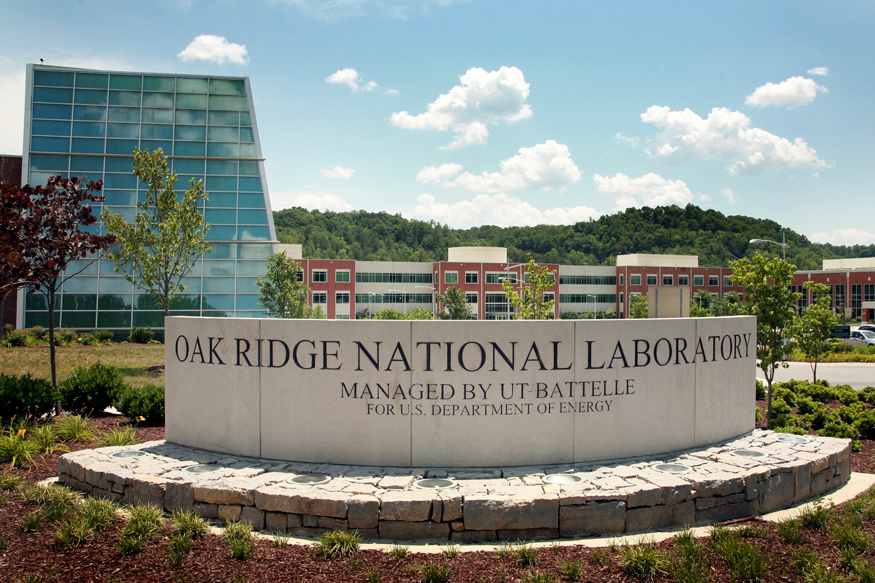ORNL Partnership Could Produce the Fastest 3D Printer Yet

February 27, 2014
The word “slow” is relative. If you are stuck on a two-lane highway behind an old granny out for her Sunday drive, it feels like you are moving slowly, but it’s only very recently that a single human could dream of transportation that moved at such a rapid pace. So, when people claim additive manufacturing (AM) is slow, that too is relative. Compared to plenty of traditional manufacturing situations, AM is positively speedy.
But we always want to go faster. A new partnership between Oak Ridge National Laboratory (ORNL) and Cincinnati, Inc. hopes to result in a 3D printer that is 500 times faster than current AM systems, and offers an improved build area of up 10 times current volume.

ORNL has been working with US AM interests in a number of areas, including partnerships with big players in the field such as Stratasys. The new partnership with Cincinnati, known as a machine tool manufacturer, intends to improve on and adapt one of the company’s existing laser cutting machines to produce the fastest 3D printer ever, with an improved build envelope to boot.
“Cincinnati Incorporated has enjoyed a long working relationship with Oak Ridge National Laboratory,” said CINCINNATI CEO Andrew Jamison. “Over the years we have supplied over 40 metal working machine tools to Oak Ridge and its various subcontractors. As one of the oldest U.S. machine tool manufacturers, with continuous operation since 1898, we view this exciting opportunity as starting a new chapter in our history of serving U.S. manufacturing. Out of this developmental partnership with ORNL, CINCINNATI intends to lead the world in big area additive manufacturing machinery for both prototyping and production.”
ORNL and Cincinnati intend to develop the new AM system by integrating a high-speed cutting tool, pellet feed mechanism and control software into the laser cutter’s gantry system to offer additional capabilities. The idea of using pellets in place of filament to speed up AM has been proposed before, and seems to be one area of development with solid potential.
While it might be tempting to dismiss improvements to AM systems that rely on plastic materials, it would be short-sighted. Even at this point in the evolution of AM, existing 3D printers based around a plastic material do far more than produce prototypes. The systems are capable of producing end-use products, but have mainly been held back by a lack of speed when compared to mass manufacturing techniques. If this partnership pans out, that obstacle will be removed, crowning AM as a premiere manufacturing process.
Below you’ll find a short video about the partnership.
Source: ORNL
Subscribe to our FREE magazine, FREE email newsletters or both!
About the Author
John NewmanJohn Newman is a Digital Engineering contributor who focuses on 3D printing. Contact him via [email protected] and read his posts on Rapid Ready Technology.
Follow DE





